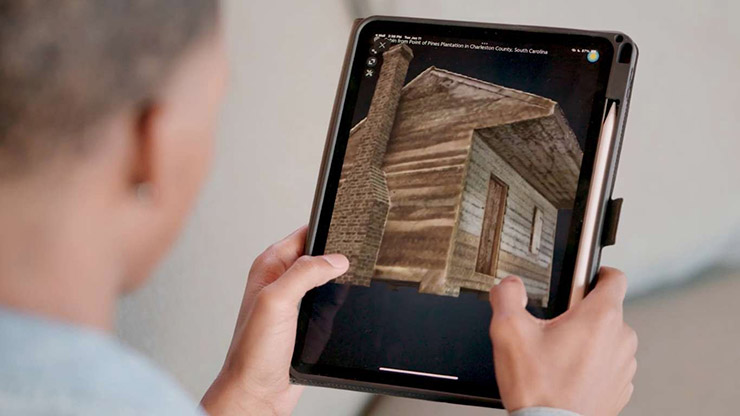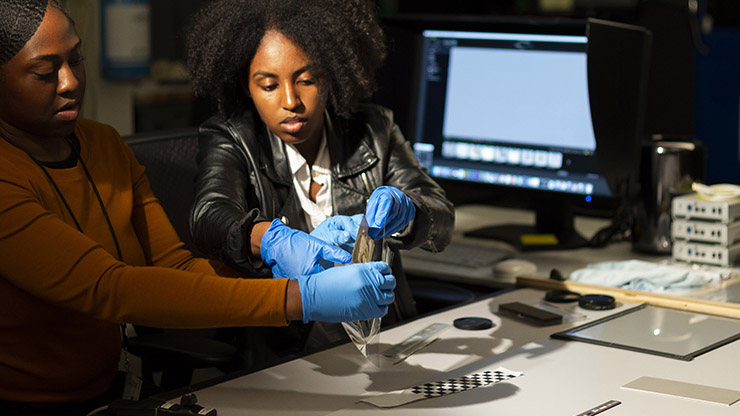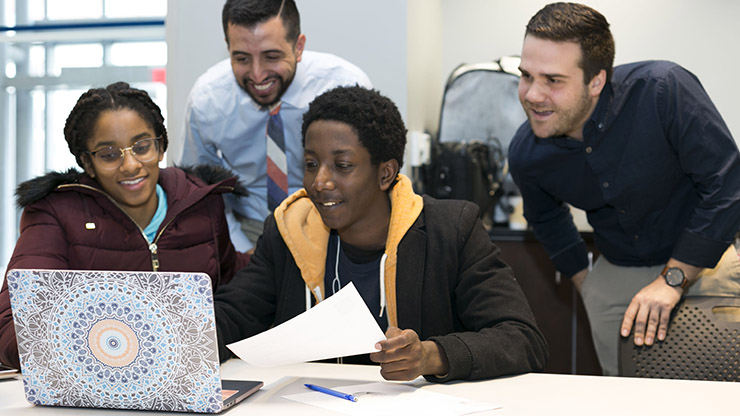Holding history in their hands
& fists
We sought out the miracles
Of the everyday
Showing artifacts
& artisans & artistry
Digital Access
Magnificent collections, groundbreaking scholarship, and enlightened programming alone cannot inspire change. Equity of access is essential. Broader access to the Museum’s content requires new technologies to support digitization, 3-D visualization, cataloging, cloud storage, and more.
This is the moment to invest in the Museum’s innovative digital initiatives and virtual programming. Your support will help us revolutionize and radically expand our reach — engaging every classroom, every household, every handheld device.
Select Programs and Initiatives

Searchable Museum
The Searchable Museum matches the rich experience of the Museum’s physical exhibitions and eliminates geographic barriers by giving full online access — free of charge — to the treasures in NMAAHC’s collection.
More than a year in the making, phase one of NMAAHC’s Searchable Museum brings the evocative content and immersive in-person experience of the David M. Rubenstein History Galleries into homes around the world. But there’s more to be done.
With your investment, we can bring every gallery into the Searchable Museum and put history in millions of hands.

Online Collection and 3-D Visualization
The overarching goal of our curators and conservators is to make the collection accessible to the broadest audience possible. At NMAAHC, that means prioritizing digitization to make our collection available through the Museum’s website, broadening views of history through culturally responsive labeling and categorizing, and applying new technologies that allow the visually impaired to experience objects in our collection.
The Living History campaign will make it possible to fund the equipment, technology, staffing, and training of staff necessary to continue this crucial work.

Digital Humanities Initiative
How does NMAAHC keep fragile, historical documents safe while making the information accessible to the public? The Digital Humanities Initiative. A prime example of that work is the Freedmen’s Bureau Transcription Project. Through the intersection of technology, scholarship, and transformative partnerships within the Smithsonian Institution and with our audiences, the Museum is transcribing more than 1.5 million image files from the Freedmen’s Bureau records. As a result, family historians, genealogists, students, and scholars around the world will have online access to these important records of post–Civil War life.
Funding the Digital Humanities Initiative will provide the technology, staff, and software to allow the Museum to tell these and other complicated stories in ways that are comprehensive and compelling — and accessible.

